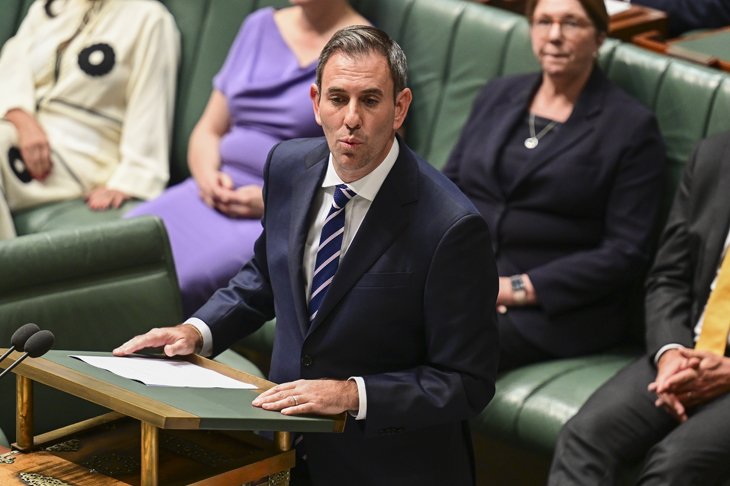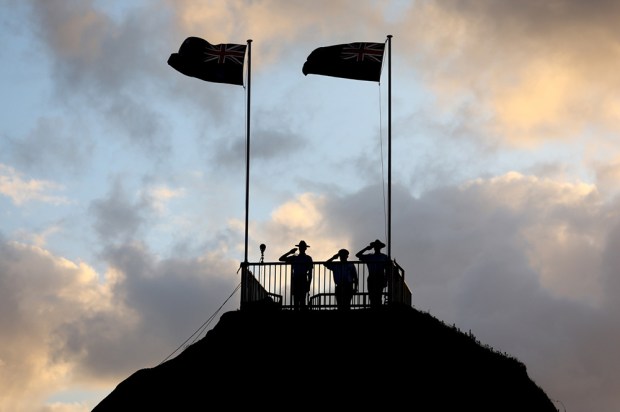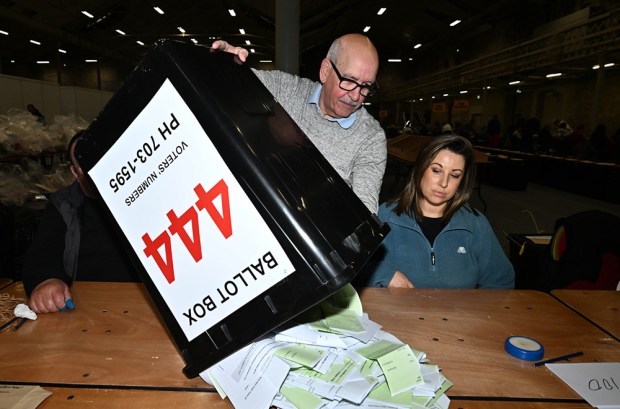The two most important people in any government are the prime minister and the treasurer. They don’t need to like each other, but it’s best if they can work cooperatively. In some instances, a strong treasurer can make up for a weak, dithering prime minister.
The thing about treasurers is that they are not simply responsible for budget and economic policy, narrowly defined. Because everything is linked to everything else – that’s the annoying thing about economics – a competent, effective treasury must keep a watching brief on every other portfolio, be it industrial relations, energy/climate, resources, immigration, education, health, social services – everything really.
Indeed, to be consequential, a treasurer must have a significant say in policies in other fields lest they run counter to the economic and fiscal objectives of the government. One of the worst things that can happen is if each minister acts as captain of their fiefdom and behaves unilaterally. This will inevitably lead to inconsistent policies, unexpected fiscal costs and mediocre outcomes, at best.
In order for this not to happen, the treasurer of the day must have the respect of the other ministers so they will pay attention to what is being advised. In some cases, the treasurer must insist on certain decisions and will need the support of cabinet to achieve this. Without strong authority on the part of the treasurer, a potentially constructive arrangement quickly falls apart. The person must be well-informed, well-advised, respected and powerful.
Let’s use Jimbo as a case-study. Do other cabinet ministers hold him in high esteem? Is he on top of his wide brief? Are B1 (Energy/Climate Change Minister, Chris Bowen) and B2 (Employment/Workplace Relations Minister, Tony Burke) taking any notice of Jimbo as they cut a swathe through the productive economy and impose massive burdens on businesses and households, not to mention additional fiscal costs? Do they see Jimbo as anything other than Wayne Swan’s water boy from days gone by?
Don’t get me wrong here: Jimbo is a good communicator; he looks the part. The trouble is the drivel he comes up with. The fact is that his PhD in Paul Keating has not served him well to be a successful treasurer. He is no Paul Keating (as treasurer).
Jimbo has made a number of major missteps recently although the public may not have even noticed because his quest for good publicity has generally lasted less than 24 hours. His release of the Intergenerational report quickly sank, faster even than the Titanic. His Employment White Paper was akin to a poor-quality Chinese meal. And his mishandling of the Reserve Bank Review, in which his lack of understanding of central banking has been brutally exposed, is a persistent running sore
Let’s run through these examples. Under the Charter of Budget Honesty, an IGR must be produced every five years focusing on what will happen to the budget over the next forty years. (Pause for thoughtful laughter here.) But previous treasurer, Josh Frydenberg, had released an IGR in 2021. What did Jimbo think would be achieved by producing yet another IGR two years later? Was the message: my IGR is better than yours, like boys in the sandpit?
The timing of the release of Jimbo’s IGR in late August looked suspiciously politically motivated. The Voice debate was not going well for the government and so the thinking was along the lines: let’s shift the public’s attention to economic issues and the future. (The IGR report was clearly a rushed product with missing headings to some of the tables in the appendix.)
But what were Jimbo’s messages? The future of the budget is not good, with spiralling budget deficits and debt into the future. We have modelled lower productivity growth and this makes things worse. Australia is ageing and there are budgetary pressures coming down the pike. The key element that was left hanging was what Jimbo intended to do about this.
At least with the release of the first IGR in 2002, the commanding treasurer of the day, Peter Costello, used the report to call for fiscal restraint as well as promote a pro-natal Baby Bonus initiative to encourage higher birth rates to counter ageing. In other words, it was a useful economic and political exercise.
The release of Jimbo’s employment White Paper was no better. Again, sensing that the Voice debate was not going well – has it ever gone well? – the report, ‘Working Future: The Australian Government’s White Paper on Jobs and Opportunities’ was released in late September. It was surely ironic that the only initiative that was leaked to the press prior to its release was Coalition policy – to make it easier for those on the Age Pension to keep working.
The actual report is so soporific it could be marketed as an alternative to prescription sedatives. According to Jimbo, he wants to deliver sustained and inclusive full employment as well as secure jobs and strong, sustainable wage growth. Everyone who wants a job must have a job without looking for too long.
He wants to ditch old-fashioned ideas such as the non-accelerating rate of unemployment – the NAIRU – which Jimbo deems to be just a technical concept. It’s a bit like saying that gravity is just a technical concept and throwing yourself off a ten-storey building to check. But the cliché-ridden report really gives no indication of what Jimbo is planning to do to increase employment and reduce unemployment, aside from some vague suggestions that the government can improve the functioning of the labour market – sure.
But when it came to the reporting of the White Paper, the almost universal theme was the inherent clash with B2’s radical industrial relations changes that will reduce the efficient and dynamic functioning of the labour market. It was a clear indication of the fundamental problem with policies that are not consistent across portfolios.
The area in which Jimbo has come seriously unstuck are the proposed changes to the Reserve Bank. The review was led by a Canadian economist who seemed to be strangely distracted during the review itself. With the report released in March, Jimbo jumped the gun by declaring his support for the entire suite of recommendations. This action itself was sheer madness.
His failure to understand the implications of weakening the authority of the bank by empowering part-time ‘experts’ – be afraid – is alarming. The scope for a clash between a monetary policy board and a governance board is being underestimated. To give equal weight to full employment and inflation is simply to cave into the demands of Labor’s union paymasters.
There is now strong push-back led by former bank governor, Ian Macfarlane, as well as former treasurer, Peter Costello.
Jimbo is in serious policy deep water and sinking. Maybe carrying the water for Swanny was really peak career for him, not trying to reinvent capitalism.
Got something to add? Join the discussion and comment below.
Get 10 issues for just $10
Subscribe to The Spectator Australia today for the next 10 magazine issues, plus full online access, for just $10.
You might disagree with half of it, but you’ll enjoy reading all of it. Try your first month for free, then just $2 a week for the remainder of your first year.














Comments
Don't miss out
Join the conversation with other Spectator Australia readers. Subscribe to leave a comment.
SUBSCRIBEAlready a subscriber? Log in